It seems to me that travel writers usually try to persuade you to visit the places they write about. There’s certainly general agreement on what places are of broad interest, pleasant, popular and safe. Maui, Puerto Vallarta, London, Paris, Rome, Madrid, Provence, Tuscany, Bangkok, Sydney… how much has been written about these tired destinations – the everyday world of Fodor’s, of Frommer’s, of Rick Steves.
“When you’re in Paris”, one advises, “don’t miss the Eiffel Tower!” Pardon me while I yawn.
If you ask me, it’s time to give the ordinary places a rest – and to try something completely different. Indeed, I think it might be interesting to visit places that are actually avoided by the tourist droves. There are many intriguing places in the world today: one thinks of Beirut… Gaza… Ciudad Juarez … Caracas… Peshawar… Gary, Indiana…
I’m talking about the dark side of the world – the odd places, the tough, gritty places, the sad, exhausted places – the motley underbelly of the world, you might say. I submit that such places may be of great interest to the discerning traveller – the curious, the connoisseur, the jaded, the unconventional, the intrepid, the resourceful, the sturdy, the anarchic.
Let me tell you of a place that has recently excited my interest – one of the strangest and most dangerous spots on Earth. It is, in fact, North Sentinel Island (NSI) is in the Andaman Islands. The Andamans consist of 572 islands in the Indian Ocean, 1300 miles east of India. NSI has an area of 72 square km, lies SW of the main Andaman group, is roughly square in shape, and is surrounded by jagged reefs.
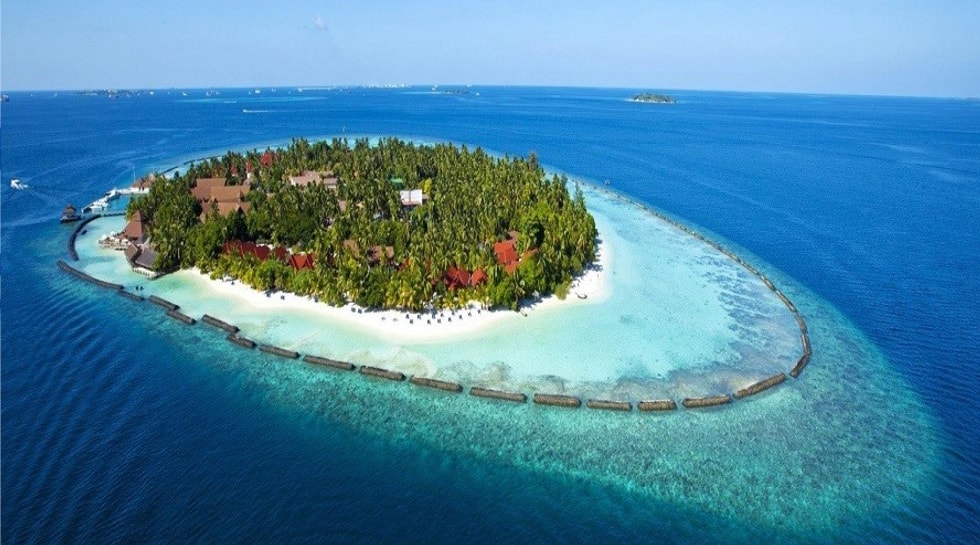
I first heard of the Andaman Islands when, as a young fan of adventure yarns I read the Sherlock Holmes novel The Sign of the Four. A mysterious character in the story is Tonga, a “pygmy-like” chap from the Andamans. I immediately went to my atlas and located them in the Bay of Bengal. In my boyish mind, no place could be more remote, strange – and desirable.
As Doyle described it, the place had “moist climate, coral reefs, sharks…convict barracks…the aborigines may claim the distinction of being the smallest race upon this earth…The average height is below four feet…naturally hideous, having large, misshapen heads, small fierce eyes and distorted features…They have always been a terror to shipwrecked crews, braining the survivors with stone-headed clubs….concluded by a cannibal feast…They are a fierce, morose and intractable people…”
Agreeable shivers ran through me. I put the islands on my list of places I intended to visit at my earliest opportunity.
The earliest reference I’ve found to these islands is in the writings of the great Venetian explorer Marco Polo (1254-1324). He wrote that the inhabitants were “a most brutish and savage race, having heads, eyes, and teeth like those of dogs. They are very cruel, and kill and eat every foreigner whom they can lay their hands upon.”
The Andamans rose to prominence during the British Raj: a penal colony was established there in 1789, to contain rebels, freedom fighters and other hard cases from mainland India. The indigenous Andamanese at that time numbered about 7,000. During the nineteenth century, these people were decimated by disease, rough treatment and government-sponsored genocide. Today, the aboriginal population in the Andamans is less than 500. The total population is 380,000.
Most Andaman residents of today have descended from these Indian prisoners; nevertheless, contrary to what one might expect, the capital, Port Blair,is actually quite a welcoming spot these days. The tourism ministry asserts, with charming hyperbole, that the place is a “Veritable Garden of Eden.” Their motto is “Emerald Blue and You”. Pretty snappy…but puzzling, because emeralds are green.
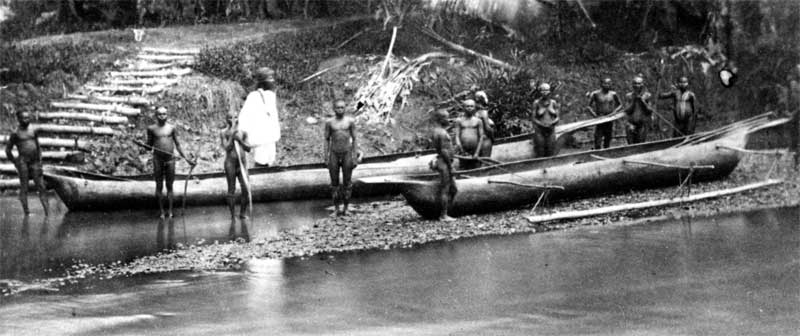
The Andamanese have been an anthropological puzzle. For many years they were termed negritos, and believed to have come originally from Africa, somehow employing unheard-of nautical skills to cover thousands of miles of open ocean. A more plausible theory, based upon modern genetic analysis, suggests they arrived in the Andaman archepelago by way of a land bridge from the area of Myanmar during the last Ice Age, about 26,000 years ago. One thing, however, is certain: their way of life as hunter-gatherers has been unchanged for millennia.
North Sentinel Island, 55 km west of Port Blair, is a world unto itself. It has been called the hardest place in the world to visit. The place, indeed, has a a firmly established reputation for total hostility toward visitors.
In 1896 an escaped prisoner drifted onto North Sentinel Island. He may have imagined a new start on a tropical island paradise – good grub, a nice young wife, a few kids. Sadly for him, however, things didn’t work out. A search party found his lifeless body, bristling with arrows and his throat slit. So much for paradise.
In 1974 a documentary film crew tried to connect with the islanders by leaving a tethered pig, pots and toys on the beach. The locals promptly bellowed, danced about menacingly and proceeded to riddle the gifts with arrows, they also shot an eight-foot arrow through the director’s left thigh. The intruders beat a hasty retreat and didn’t bother returning. This crew, however, did produce Man in Search of Man, a fascinating film of their experience. Check it out on YouTube.
There have been a few successful government-sponsored visits to NSI. A 2001 census counted 39 people on the island. The Andamans were hammered by the Tsunami of 2004. Interestingly, however, the Sentinelese realized what was happening and withdrew to high ground; all were saved. They didn’t want any help, either; in fact, they shot arrows at an Indian Navy helicopter sent to assist them.
In any case, here’s what we know of the North Sentinelese: they are considered the most isolated people in the world. They number about 50; they live off the land and sea; their diet consists of fruit, fish, turtles, wild pigs, lizards and honey; they practice no agriculture, nor do they know how to kindle fire, read or write. Their language is unlike any other on Earth. They salvage metal from wrecks to make arrowheads. And they definitely don’t do B&B – except, perhaps, when they “Beat & Bury” visitors.
In the 1960s the Indian government decided they wouldn’t push these islanders to enter the modern world, and that seems a wise decision. The navy runs patrols to keep “meddlers” three miles from shore. So, between the protectiveness of the navy and the hostility of the natives, visiting the island is pretty much out of the question at the moment. But trust me, the next time I’m in Port Blair I’m going to ask around the docks to see if anyone can smuggle me in.
Maybe if I bring donuts….

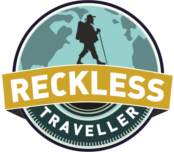
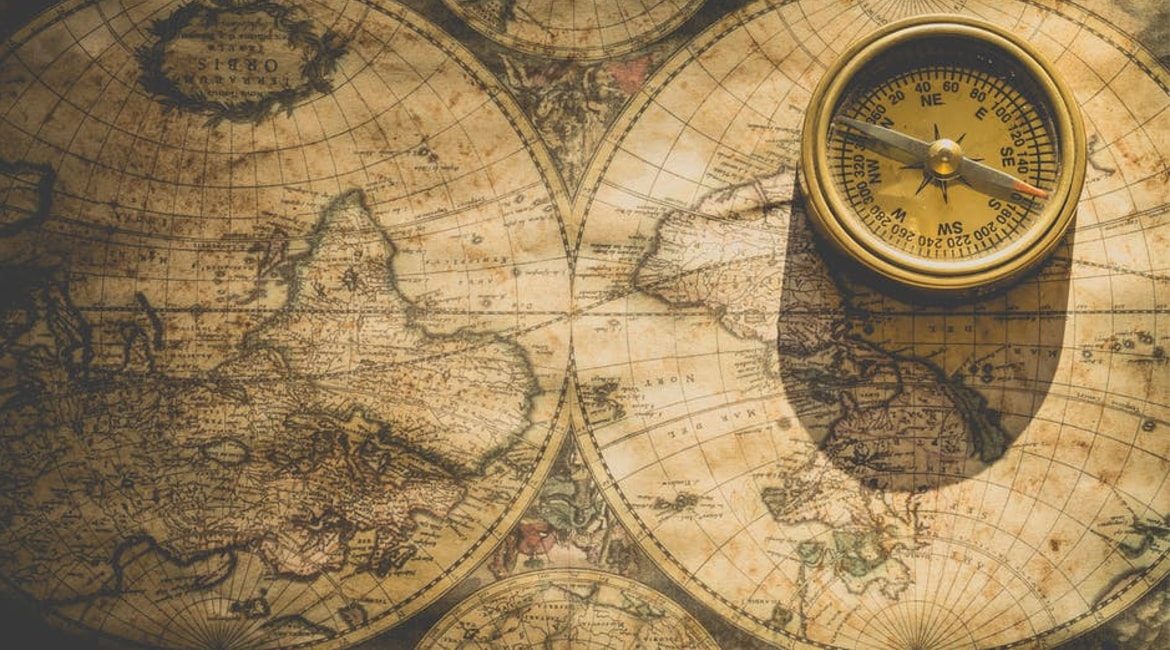
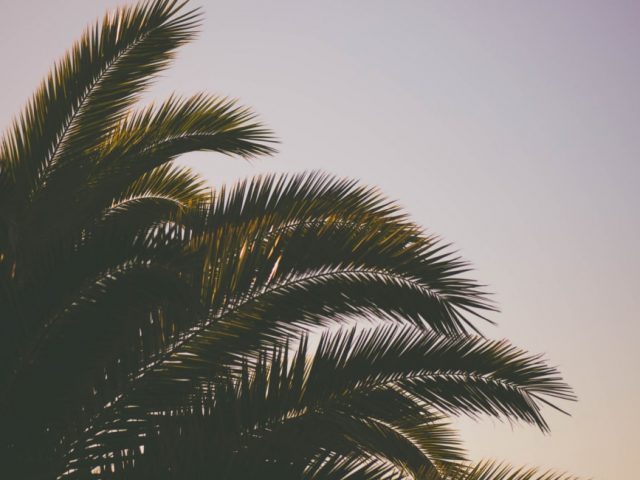
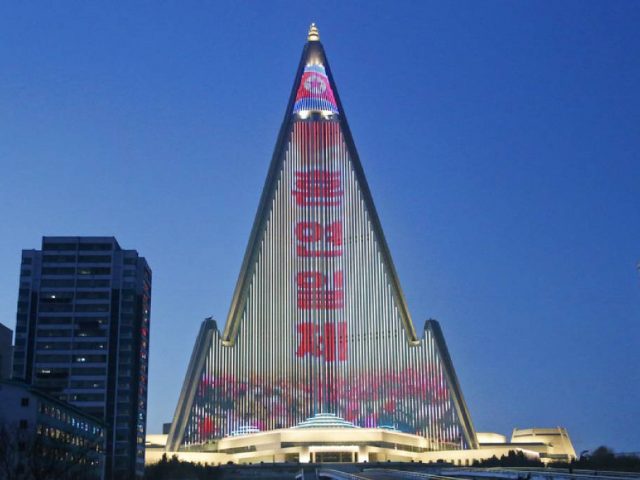

Facebook Comments